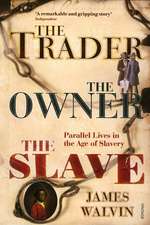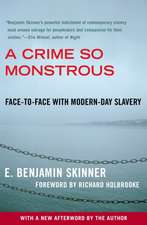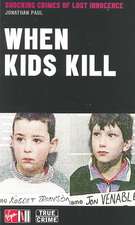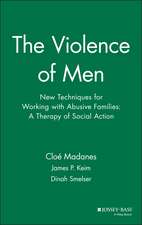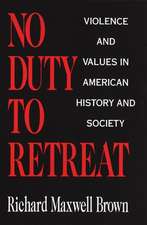Second Wounds – Victims′ Rights and the Media in the U.S.
Autor Carrie A. Rentschleren Limba Engleză Paperback – 24 mar 2011
Preț: 262.70 lei
Nou
Puncte Express: 394
Preț estimativ în valută:
50.27€ • 53.75$ • 41.91£
50.27€ • 53.75$ • 41.91£
Carte tipărită la comandă
Livrare economică 18 aprilie-02 mai
Preluare comenzi: 021 569.72.76
Specificații
ISBN-13: 9780822349495
ISBN-10: 0822349493
Pagini: 290
Ilustrații: 4 photographs, 12 figures
Dimensiuni: 156 x 235 x 15 mm
Greutate: 0.42 kg
Ediția:New.
Editura: MD – Duke University Press
ISBN-10: 0822349493
Pagini: 290
Ilustrații: 4 photographs, 12 figures
Dimensiuni: 156 x 235 x 15 mm
Greutate: 0.42 kg
Ediția:New.
Editura: MD – Duke University Press
Cuprins
Contents; Acknowledgements; Introduction. The Victims Rights Movement and the Second WoundPart I. The Life and Times of Victims Rights1. Law-and-Order: The Dominant Ideology of Victims Rights; 2. An Activist Genealogy of Victims RightsPart II: Opening and Closing the Second Wound: Representing Victims3. Meet the Press: Representing Victims Rights; 4. Undisclosed Sources: Victims Rights and Journalism Training; 5. Profiles of Life: News Memorials to the Dead; 6. Faces of Murder; Conclusion. Giving Face to the Family as VictimNotes; Works Cited; Index
Recenzii
Second Wounds is a nuanced study of how victims rights has become not only a key factor in legal decisions but also a central influence on how crime is covered by journalists and understood as a social phenomenon. In her complex analysis of the rise of the victims rights movement, Carrie A. Rentschler unpacks the politics of victimization while remaining empathetic to victim-centered activists. This is interdisciplinary scholarship at its best, drawing on legal discourse, cultural studies, feminist theory, and media studies in highly original ways. Marita Sturken, New York UniversitySecond Wounds is a terrific book, an important, timely work of cultural history grounded in thorough research and inventive analysis. Carrie A. Rentschler offers a deft account of the origin of victims rights advocacy and its influence on thinking about violence across the political, psychological, and media professions, and through them, across American public life. Fred Turner, author of From Counterculture to Cyberculture: Stewart Brand, the Whole Earth Network, and the Rise of Digital Utopianism
Notă biografică
Carrie A. Rentschler is Associate Professor and William Dawson Scholar of Feminist Media Studies in the Department of Art History and Communication Studies at McGill University.
Descriere
Analyzes how the US. victims rights movement has expanded the concept of victimhood to include family members and others close to the direct victims of violent crime






